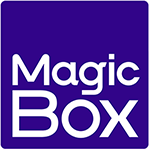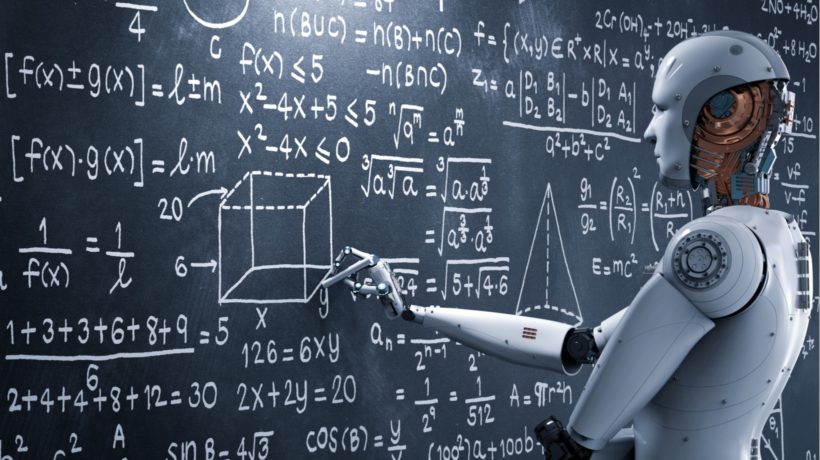No More Sunday Scramble: Reducing Teacher Burnout With Smart Content Creation

Smarter Tools, Calmer Teachers
If you're a teacher, chances are you've spent more Sunday evenings than you can count hunched over your laptop, racing to pull together lesson materials for the week ahead. Maybe you've told yourself, "Just one more slide," or "I'll finish after grading these papers," only to realize it's suddenly 10 p.m. again.
Teaching has always been a demanding profession but in the digital age, it's become even more so. Alongside planning lessons and managing classrooms, teachers today are also expected to create multimedia-rich, visually engaging content for students. It's exciting work, but it can also feel like juggling three jobs at once: teacher, designer, and tech specialist.
The Hidden Time Trap
One of the biggest drains on teachers' time isn't grading or meetings, it's content creation. Crafting digital lessons that are interactive, accessible, and visually appealing can take hours. For every engaging activity or online slide deck, there's the behind-the-scenes work of finding the right images, formatting text, ensuring accessibility, and adapting materials for different learning needs.
What often starts as a simple idea, say, turning a topic into an interactive quiz can snowball into a multi-hour project. Many teachers find themselves stuck in this loop of designing and reworking materials until it looks just right, all while the rest of their weekend quietly slips away.
Technology To The Rescue: Smart Content Creation
That's where smart content creation tools are starting to change the game. These platforms are designed to simplify lesson development by handling the technical and design-heavy parts for teachers. Think of them as digital teaching assistants, tools that make lesson planning faster, smoother, and far less stressful.
With intuitive, drag-and-drop features, ready-made templates, and built-in accessibility checks, teachers no longer need to start from scratch. These platforms help create polished, interactive lessons in minutes instead of hours. They also make it easy to reuse and adapt materials across grades or topics, so teachers can focus on refining the learning experience rather than wrestling with formatting or file types.
Working Smarter, Not Harder
The beauty of these tools is how they free teachers from the most tedious aspects of preparation. Instead of spending evenings choosing fonts or aligning text boxes, teachers can devote their energy to what truly matters, planning creative learning experiences, connecting with students, and personalizing instruction.
And perhaps the best part? They help teachers reclaim something priceless: time. Time to rest. Time to spend with family. Time to pursue hobbies or simply do nothing at all. When lesson prep stops taking over the weekend, teaching starts to feel sustainable again.
Wellness Starts With Time
Burnout often creeps in quietly. It's not just about long hours, it's the feeling of never being caught up. When teachers finally get tools that make their workload manageable, it's more than just a time-saver; it's a mental reset.
Teachers who use smart creation tools often describe a sense of relief. That Sunday night stress starts to fade. There's less guilt about unfinished work, fewer late nights, and more balance between professional and personal life. When the mental load lightens, creativity comes back, and teaching feels enjoyable again.
Quality And Creativity Can Coexist
A common concern among educators is whether using predesigned templates or AI-powered tools might make lessons feel less personal. But the opposite tends to happen. By removing the repetitive, technical work, teachers actually have more space for creativity.
Instead of spending hours making slides look perfect, they can focus on tailoring lessons to their students' interests or finding new ways to spark engagement. These tools don't replace creativity, they amplify it by removing the friction that often gets in the way. The result? Lessons that are not only visually consistent and accessible but also more meaningful and engaging.
Small Steps Toward Big Change
For teachers curious about adopting such tools, it doesn't have to be an all-or-nothing shift. Start small, perhaps with one subject or a single unit. Choose a lesson you recreate often and experiment with templates or automation. Share what works with colleagues; collaboration can multiply time savings across departments.
Investing a little time up front to learn a new platform can yield enormous returns later. Once teachers build confidence, they often find they can create and adapt materials more quickly than they ever imagined. Tracking that progress, seeing hours once lost now regained can be deeply motivating.
The Future Of Teaching: Balanced And Empowered
The future of education isn't about replacing teachers with technology. It's about giving teachers tools that support their expertise. As digital platforms evolve, they're becoming more intelligent and responsive, helping educators not only create content faster but also adapt it for different learning levels and integrate real-time feedback.
When used well, technology doesn't distance teachers from their students, it brings them closer. By removing time-consuming hurdles, it allows educators to do what they do best: inspire, connect, and teach with passion. And maybe, just maybe, to take that long-overdue weekend break.
Because teaching should be about sharing knowledge and shaping minds, not about fighting formatting or chasing deadlines. Smart content creation tools remind us that working smarter doesn't mean caring less. It means protecting the passion that brought teachers to the classroom in the first place. The weekend is calling and this time, teachers can finally answer.









